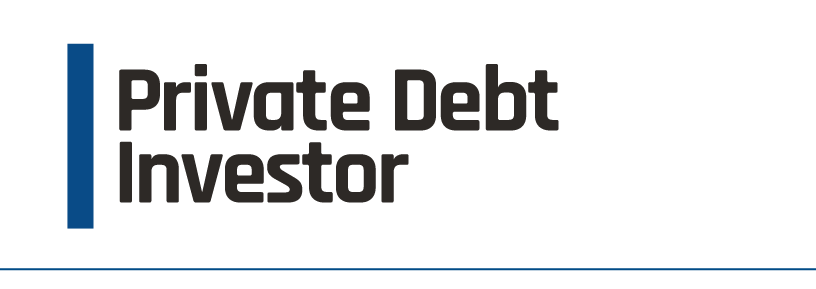
Navigating in dangerous waters
The message from CLO investors is ‘come on in, the water’s lovely’ and, for the time being, this may hold true. But concerns about downgrades and lower-rated paper are growing. Irwin Speizer explores the threats

The message from CLO investors is ‘come on in, the water’s lovely’ and, for the time being, this may hold true. But concerns about downgrades and lower-rated paper are growing. Irwin Speizer explores the threats


Copyright PEI Media
Not for publication, email or dissemination